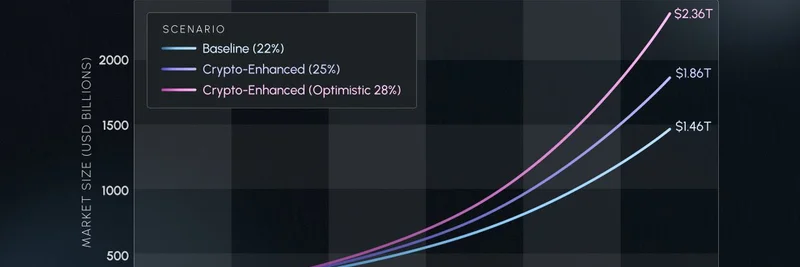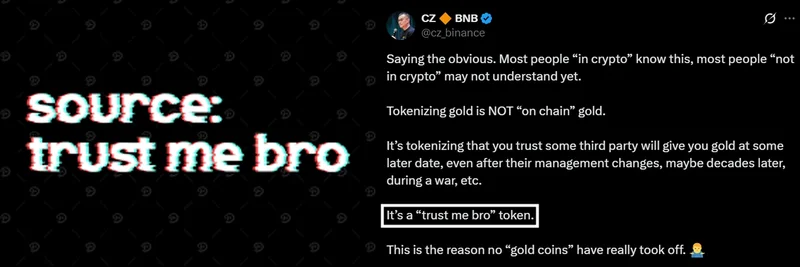Hey there, crypto enthusiasts! If you're into the wild world of blockchain and meme tokens, you've probably heard the buzz around projects that build massive communities almost overnight. Recently, a tweet from BSCNews caught our eye, posing the intriguing question: "Is Sidra Chain the Next Pi Network?" It links to a detailed comparison on bsc.news, highlighting two projects with big communities and a bit of controversy. As your go-to source at Meme Insider for all things meme tokens and blockchain insights, let's break this down in simple terms and see what it means for the space.
Understanding the Players: Sidra Chain and Pi Network Basics
First off, let's clarify what these projects are. Pi Network, launched back in 2019, is a mobile-first cryptocurrency that lets anyone "mine" coins right from their phone without draining your battery or needing fancy hardware. It's all about accessibility—think of it as democratizing crypto mining for the everyday person. Users build "Security Circles" with friends to validate transactions, earning more Pi by staying active and inviting others. By early 2025, it boasted over 60 million sign-ups, though only about 14 million have completed the Know Your Customer (KYC) process to actually use their coins.
Sidra Chain, on the other hand, is a newer entrant, forking from Ethereum to create a decentralized Proof-of-Work network. What sets it apart? It's Shariah-compliant, meaning it follows Islamic principles by avoiding interest (riba) and uncertainty (gharar). This appeals to a huge market—Islamic finance is worth trillions! Users mine Sidra Coin (SDA) through the app, with features like SidraClubs for local franchises that handle KYC, payments, and even crowdfunding via SidraStart.
Both projects emphasize community building and easy entry points, much like how meme tokens rally supporters through viral hype. But unlike pure memes like Dogecoin, these have more structured tech under the hood.
Tech Deep Dive: How They Work Under the Hood
Diving into the tech without getting too jargon-heavy: Pi Network uses something called the Stellar Consensus Protocol, which is energy-efficient and focuses on social proof—your network of trusted contacts helps secure the blockchain. It's not traditional mining; it's more like "Proof-of-Contribution," rewarding engagement over raw computing power. After launching its Open Mainnet in Q1 2025, Pi users can now transact, buy .pi domains, and even pay at thousands of businesses through events like PiFest.
Sidra Chain sticks closer to Ethereum's roots but adds Shariah twists, like Sukuk (Islamic bonds) for fundraising. It integrates deep KYC via KYCPort to ensure compliance, and its public ledger is transparent for anyone to check. Mining SDA is straightforward via the app, with around 780 million tokens in circulation, mostly in verified wallets. They also burn tokens for Zakat (charity), aligning with ethical principles.
In meme token terms, think of these as "utility memes"—they hype community involvement but back it with real-world applications, like remittances or merchant payments.
Communities and Controversies: The Human Side
No big crypto project is without drama, right? Pi Network's massive community is its strength—virality through referrals has driven explosive growth. But critics point to app glitches, slow governance updates, and a token price crash from over $3 to about $0.54 after listings. Plus, not everyone's thrilled with the mandatory KYC, which weeds out bots but slows things down.
Sidra Chain's community is smaller but more focused, leveraging SidraClubs for local empowerment in regions hungry for Shariah-compliant finance. Controversies here include KYC delays, app bugs, and limited docs post its 2023 mainnet launch. However, frequent updates and a emphasis on ethics could build lasting loyalty.
The tweet from BSCNews captures this perfectly: two projects with "big communities and a little controversy." Replies to the tweet range from hype ("Sidra chasing Pi vibes") to skepticism ("I think this is dead!"), showing the polarized views in crypto Twitter.
Tokenomics and Market Realities
Tokenomics—how tokens are distributed and used—is key for any project. Pi has a 100 billion total supply cap, with 7 billion circulating. Its price volatility highlights the risks: hype drives pumps, but regulatory hurdles (like no full Binance listing) cause dumps.
Sidra keeps things tighter, trading mostly in-app to avoid wild swings, focusing on utility in remittances and fundraising. This controlled approach might limit liquidity but protects against the meme-like volatility we see in other tokens.
Both are building merchant networks—Pi with global pilots, Sidra with regional focus—which could turn them into everyday payment tools, much like how some meme tokens evolve into ecosystems.
What's Next? Potential in the Meme Token Ecosystem
So, is Sidra the next Pi? Not exactly—they're carving different paths. Pi aims to be the "everyone's network" with sheer scale, while Sidra targets niche markets like the $4.9 trillion Islamic finance sector for more sustainable growth. In the broader meme token world, these projects remind us that community is king. They blend viral marketing with real tech, potentially inspiring the next wave of meme coins that actually solve problems.
If you're a blockchain practitioner looking to level up, keep an eye on these. Pi's lessons in scaling and Sidra's ethical focus could influence future meme launches. For more insights, check out the full comparison on bsc.news or join the conversation on X.
Stay tuned to Meme Insider for more on community-driven cryptos and meme token trends—we're here to help you navigate the hype and build your knowledge base!



